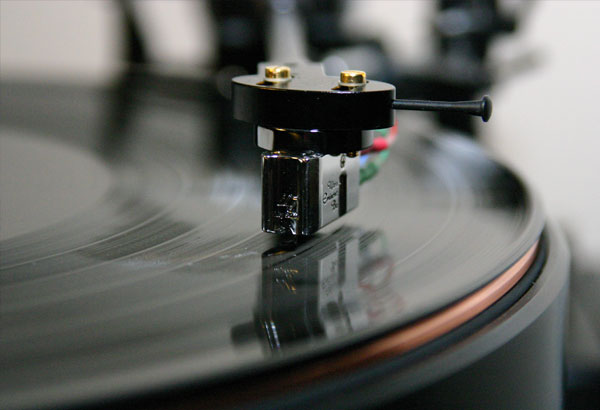The phenomenal demand for anything analog in home audio is jokingly being blamed by some readers on this piece. They ribbed me for igniting the analog rush which, according to them, significantly raised the prices of analog audio products, especially vacuum tube amplifiers and pre-amplifiers. Hey, I thought you guys wanted me to spread the gospel of analog renaissance?!
It seems like only yesterday when there was just a handful of us marveling at and enjoying what was deemed to be a dead technology. Those who have discarded their old turntables, tube amps and pre-amps could only shake their heads in disbelief that their “old” wares now cost a fortune. I am glad that those who have made the shift from the much-hyped digital to great-sounding analog are now extremely satisfied. Some new names, obviously from the younger breed, have begun to appear in my inbox. They are asking a lot of questions about where they can buy analog products and how to set them up.
This has always been my advice: absorb as much information as you could about this hobby. Investing in knowledge is a must before you even think of building up your all-analog home stereo system. The Internet is pregnant with information about almost anything. Begin your audiophile journey from there.
Most of the questions I have received, however, can be summarized into two concerns:
Why is it common for tube amps to have lower wattage?
Low-watt tube amps are designed to power high-sensitive speakers (90dB up). Most speakers in the market today have low sensitivity (lower than 90dB) and are designed to be driven by high-powered amps. This is why it is very common to see solid state amps with as much as 200 watts or more. More often than not, smaller speakers are less efficient (i.e., less sensitive) than the bigger ones.
Audio purists prefer professional speakers. These speakers may be bigger but are extremely efficient (100dB up): Some of them only need some 20 watts of amp power to recreate pleasant-sounding music. The upside in making speakers smaller is that you can place them even in a small room; the downside is that sound quality is sacrificed. For you to expect high-fidelity sound reproduction from small speakers (which have a sensitivity of only 80 dB), you need at least 75 watts or more of amp power. There are also high-end smaller speakers in the market today which are highly sensitive, but they are not cheap.
Why do tube amps sound better than solid state?
In my opinion, they sound great simply because their design is simple. Remember, though, that there are two types of tube amps: the push-pull and the single-ended triode Class A triode amp (otherwise known as SET). Of the two, I prefer the SET. These tiny gadgets can give you anywhere between five and 30 watts of power. But don’t be fooled by their size. They reproduce awe-inspiring sound. However, they are best used with loudspeakers with high sensitivity rating.
Because they are differently designed from solid state amps, tube amplifiers give out a unique sound characteristic that is very pleasant to hear. SET, for instance, produces what is called the second harmonic distortion which is musically equivalent to adding the same tone one octave higher to form a chord. In this case the added tone is at a lower level (not as loud). The effect is a much “rounder,” “warmer” and “fatter” sound.
The sound of yesterday continues to mystify and inspire the modern world. The vacuum tube technology — by its sheer sonic performance — has rightfully reclaimed its place in the audio rack of the 21st-century music aficionado.
* * *
For comments and suggestions, please e-mail me at audioglow@yahoo.com.


